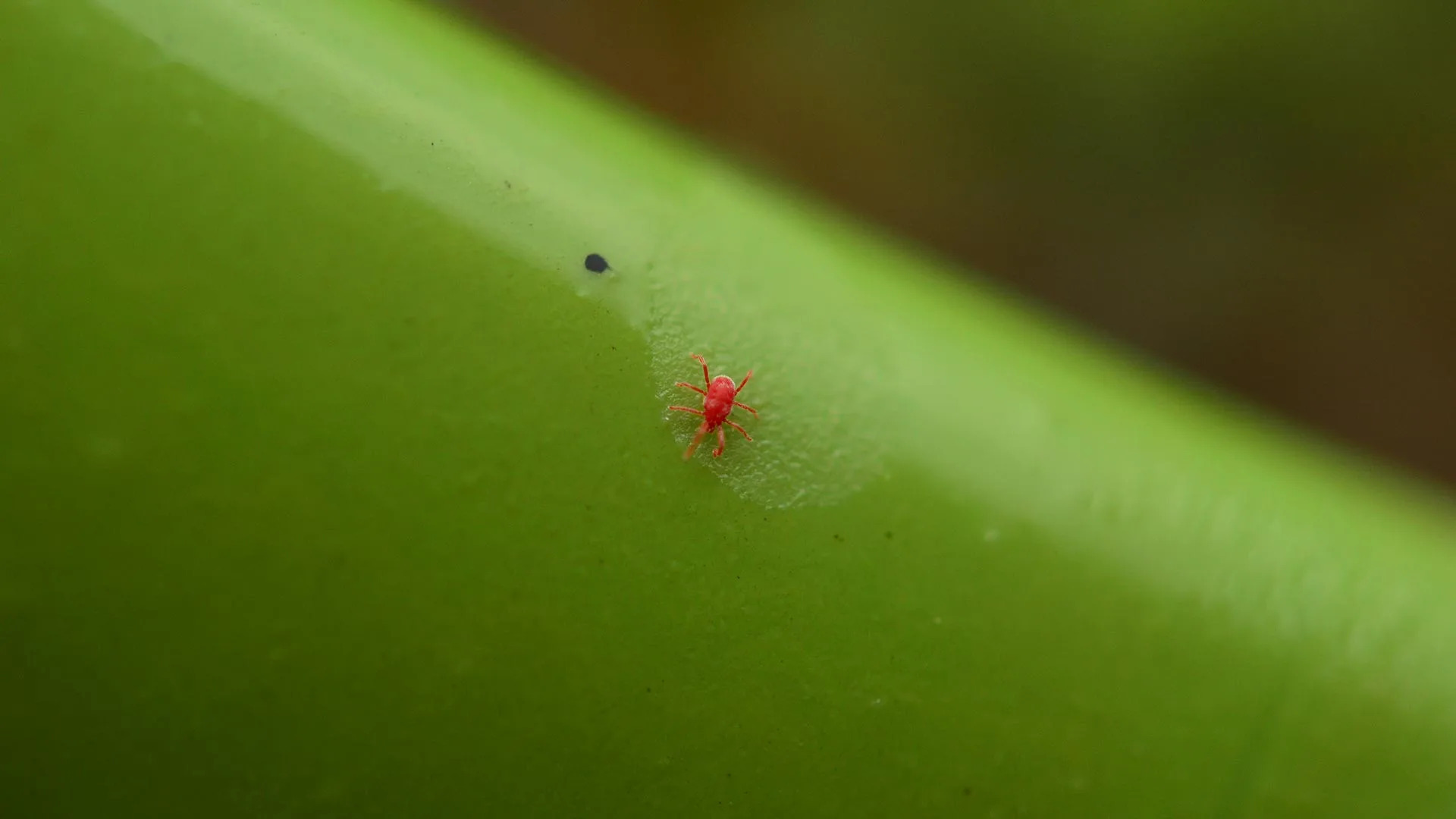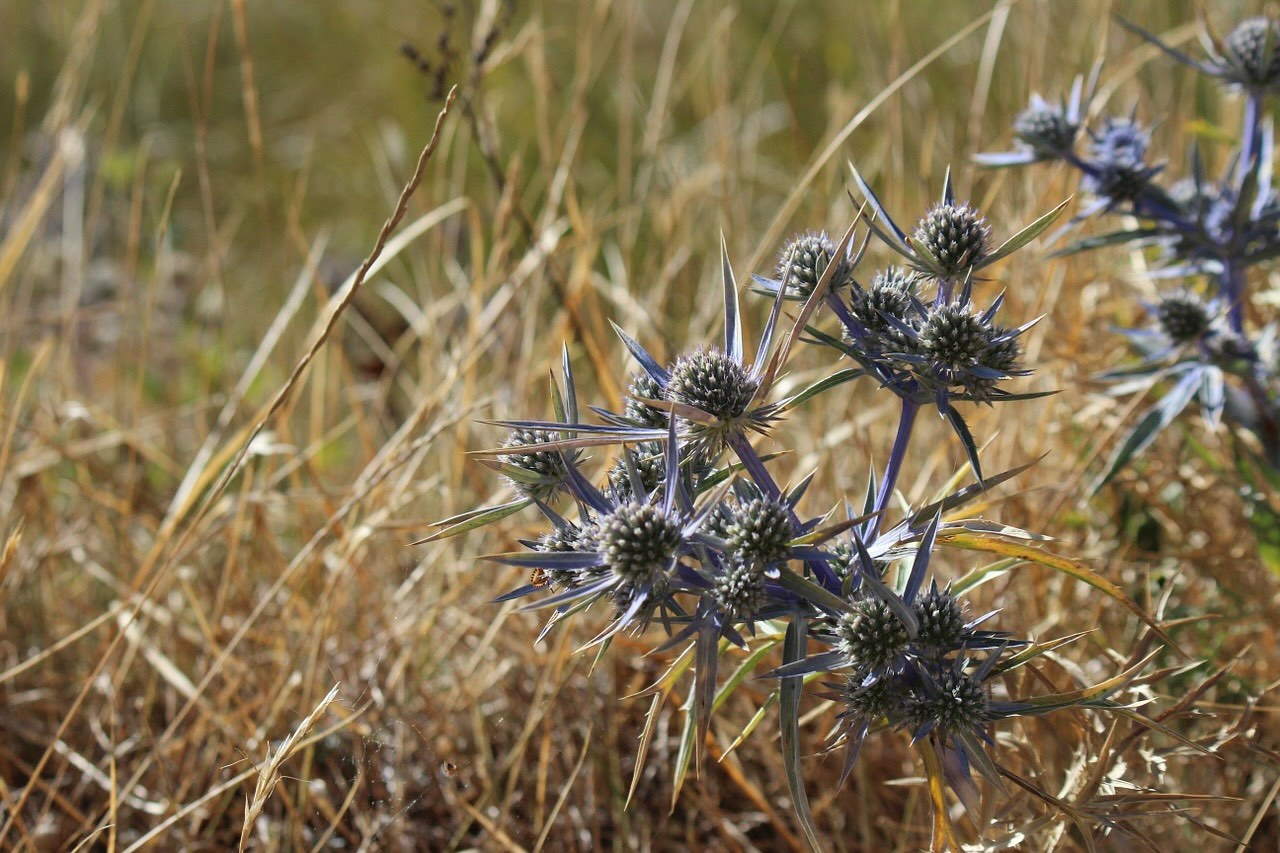Home>Gardening & Outdoor>Landscaping Ideas>How To Get Rid Of Grass Mites On Humans


Landscaping Ideas
How To Get Rid Of Grass Mites On Humans
Modified: May 6, 2024
Learn effective landscaping ideas to eliminate grass mites on humans. Discover natural remedies and prevention tips for a mite-free outdoor space.
(Many of the links in this article redirect to a specific reviewed product. Your purchase of these products through affiliate links helps to generate commission for Storables.com, at no extra cost. Learn more)
Introduction
Welcome to the great outdoors, where the lush greenery and vibrant flora beckon us to revel in the beauty of nature. However, amidst the splendor of the natural world, there exist tiny yet formidable adversaries known as grass mites. These minuscule arachnids, also referred to as chiggers, are notorious for their bites, which can cause discomfort and irritation. Understanding the behavior of grass mites and learning how to prevent and treat their bites is essential for anyone who enjoys spending time outdoors.
In this comprehensive guide, we will delve into the world of grass mites, exploring their habits, the telltale signs of their bites, and effective strategies for both preventing and treating these pesky nuisances. By the end of this journey, you will be equipped with the knowledge and tools to safeguard yourself and your loved ones from the wrath of grass mites, ensuring that your outdoor adventures remain delightful and itch-free.
Key Takeaways:
- Grass mites, also known as chiggers, are tiny arachnids that cause itchy bites. Wear protective clothing, use repellents, and maintain good hygiene to prevent and treat their bites while enjoying the outdoors.
- Identifying grass mite bites and promptly treating them with cleaning, anti-itch remedies, and cool compresses can help alleviate discomfort. With knowledge and proactive measures, outdoor adventures can be itch-free.
Read more: How To Get Rid Of Grass Mites
Understanding Grass Mites
Grass mites, scientifically known as Trombiculidae, are a type of arachnid belonging to the Trombiculidae family. These minuscule creatures are barely visible to the naked eye, measuring only about 1/150th of an inch in size. Despite their diminutive stature, grass mites possess formidable feeding habits that can wreak havoc on unsuspecting humans.
These tiny arachnids thrive in warm and humid environments, making grassy areas, forests, and fields their preferred habitats. During their larval stage, grass mites latch onto a host, such as humans, birds, or other mammals, to feed on their skin cells. Contrary to popular belief, these creatures do not burrow into the skin; instead, they attach themselves to the host’s skin, where they inject enzymes that cause irritation and create a feeding tube. Once they have engorged themselves, they drop off their host to continue their life cycle.
It’s important to note that grass mites are not parasitic throughout their entire life cycle. In fact, they only parasitize hosts during their larval stage, after which they transition to non-feeding nymphs and adults. As nymphs and adults, they primarily feed on vegetation and small insects, playing a crucial role in the ecosystem as decomposers and predators of pest insects.
Understanding the behavior and life cycle of grass mites is essential for effectively preventing and treating their bites. By being aware of their habits and preferred habitats, individuals can take proactive measures to minimize the risk of encountering these tiny yet troublesome arachnids.
Identifying Grass Mite Bites
Grass mite bites, also known as chigger bites, can cause considerable discomfort and irritation. Identifying these bites is crucial for prompt treatment and prevention of further exposure. The bites typically occur in areas of the body where the skin is thin and more easily accessible to these tiny arachnids, such as ankles, waistline, and groin.
Initially, grass mite bites may go unnoticed, as the mites inject saliva that contains enzymes designed to break down skin cells for easier consumption. This process often results in intense itching and red, inflamed skin within a few hours of the initial bite. The affected area may develop small, red welts or bumps, resembling a cluster of tiny blisters. The itching can become increasingly intense, leading to discomfort and potential distress for the individual.
It’s important to distinguish grass mite bites from other insect bites or skin conditions. While mosquito bites typically result in raised, itchy bumps, grass mite bites often manifest as clusters of red, inflamed bumps in areas where clothing fits tightly or where skin folds. Additionally, the intense itching associated with grass mite bites can serve as a distinguishing factor, often surpassing the discomfort caused by other common insect bites.
One key aspect of identifying grass mite bites is understanding the context in which they occur. If an individual has recently spent time in grassy or wooded areas, particularly during warm and humid weather, and subsequently experiences the aforementioned symptoms, it is highly likely that grass mite bites are the culprit.
By recognizing the distinct characteristics of grass mite bites, individuals can take prompt action to alleviate the discomfort and prevent further exposure. Understanding the appearance and symptoms of these bites is essential for implementing targeted treatment and adopting preventive measures to minimize the risk of future encounters with these pesky arachnids.
To get rid of grass mites on humans, take a shower and wash your clothes after being in grassy areas. Apply calamine lotion or hydrocortisone cream to soothe itching.
Preventing Grass Mite Bites
Preventing grass mite bites is essential for enjoying outdoor activities without the discomfort and irritation caused by these tiny arachnids. Implementing proactive measures to minimize the risk of encountering grass mites can significantly enhance the outdoor experience. Here are some effective strategies for preventing grass mite bites:
- Protective Clothing: When venturing into grassy or wooded areas, wearing long sleeves, long pants, and closed-toe shoes can create a physical barrier between the skin and grass mites. Tucking pants into socks or boots and ensuring that clothing fits snugly can further reduce the likelihood of mite contact.
- Repellents: Applying insect repellents containing DEET or permethrin to exposed skin and clothing can deter grass mites and other biting insects. Following the product instructions carefully is crucial to ensure safe and effective use of repellents.
- Thorough Inspection: Before settling in outdoor areas, inspecting the surroundings for signs of grass mites, such as tall grass and dense vegetation, can help individuals avoid potential hotspots for mite activity.
- Prompt Clothing Changes: After spending time in grassy or wooded areas, promptly changing and washing clothing can help remove any grass mites that may have latched onto fabric. Taking a thorough shower can also aid in removing any mites that may be lingering on the skin.
- Landscaping Practices: Maintaining a well-groomed yard and keeping grass trimmed can reduce the presence of grass mites in residential outdoor spaces. Regularly mowing lawns and clearing brush and debris can create an environment less conducive to mite activity.
By incorporating these preventive measures into outdoor routines, individuals can minimize the risk of grass mite bites and enjoy their time in nature with greater peace of mind. Taking proactive steps to protect against these tiny arachnids can contribute to a more pleasant and itch-free outdoor experience.
Treating Grass Mite Bites
When grass mite bites cause discomfort and irritation, prompt and effective treatment is essential to alleviate symptoms and promote healing. Here are several strategies for treating grass mite bites and managing the associated itching and inflammation:
- Thorough Cleaning: Upon discovering grass mite bites, gently washing the affected areas with mild soap and water can help remove any remaining mites and reduce the risk of infection. Patting the skin dry with a clean towel is advisable to prevent further irritation.
- Topical Anti-Itch Remedies: Applying over-the-counter anti-itch creams or lotions containing ingredients like calamine, hydrocortisone, or colloidal oatmeal can provide relief from the intense itching associated with grass mite bites. These remedies can help soothe the skin and reduce discomfort.
- Cool Compresses: Using a cool, damp cloth or an ice pack wrapped in a cloth to apply gentle, cold compresses to the affected areas can help alleviate itching and reduce inflammation. It’s important to avoid direct contact between ice and the skin to prevent frostbite.
- Oral Antihistamines: Taking oral antihistamines, such as diphenhydramine or loratadine, can help manage itching and reduce allergic reactions triggered by grass mite bites. Following the recommended dosage is crucial to ensure safe and effective use of these medications.
- Avoiding Scratching: While the itching caused by grass mite bites can be intense, refraining from scratching the affected areas is important to prevent further skin irritation and potential infection. Keeping nails trimmed and using distraction techniques can help minimize the urge to scratch.
- Seeking Medical Attention: In cases where grass mite bites lead to severe allergic reactions, extensive swelling, or signs of infection, seeking medical attention is imperative. A healthcare professional can provide appropriate treatment and address any complications arising from the bites.
By implementing these treatment strategies, individuals can effectively manage the discomfort and itching caused by grass mite bites, facilitating the healing process and minimizing the impact of these pesky arachnids on their outdoor enjoyment. It’s important to prioritize prompt treatment and follow recommended guidelines to ensure the best possible outcome for addressing grass mite bites.
Read more: How To Get Rid Of Bed Mites
Conclusion
As we conclude our exploration of grass mites and their bites, it’s evident that these tiny arachnids can pose a significant nuisance to outdoor enthusiasts. However, armed with knowledge about their behavior, identifying their bites, and implementing preventive and treatment measures, individuals can effectively mitigate the impact of grass mites and enjoy the great outdoors with greater comfort and peace of mind.
Understanding the habits and preferred habitats of grass mites empowers individuals to make informed decisions about outdoor activities and take proactive steps to minimize the risk of encountering these pesky arachnids. By donning protective clothing, using repellents, and practicing thorough hygiene, outdoor enthusiasts can significantly reduce the likelihood of grass mite bites and their associated discomfort.
Recognizing the distinct characteristics of grass mite bites and promptly implementing targeted treatment strategies are crucial for managing the itching and inflammation caused by these bites. Through thorough cleaning, topical remedies, and the use of cool compresses, individuals can alleviate discomfort and aid in the healing process, ensuring a smoother recovery from grass mite bites.
Ultimately, the key to navigating the realm of grass mites lies in informed preparation and proactive measures. By incorporating the insights and strategies outlined in this guide, individuals can embark on outdoor adventures with confidence, knowing that they are equipped to minimize the impact of grass mites and savor the beauty of nature without the unwelcome itch of their bites.
As we bid farewell to the world of grass mites, let us carry forth this knowledge and embrace the splendor of the outdoors, free from the discomfort of these tiny yet formidable adversaries.
After tackling those pesky grass mites, you might find pantry moths equally troublesome in your home. Don't worry, help is on the way! Our experts break down simple yet effective strategies to keep your kitchen pest-free. Get ready to transform your space into a clean, mite and moth-free environment.
Frequently Asked Questions about How To Get Rid Of Grass Mites On Humans
Was this page helpful?
At Storables.com, we guarantee accurate and reliable information. Our content, validated by Expert Board Contributors, is crafted following stringent Editorial Policies. We're committed to providing you with well-researched, expert-backed insights for all your informational needs.















0 thoughts on “How To Get Rid Of Grass Mites On Humans”